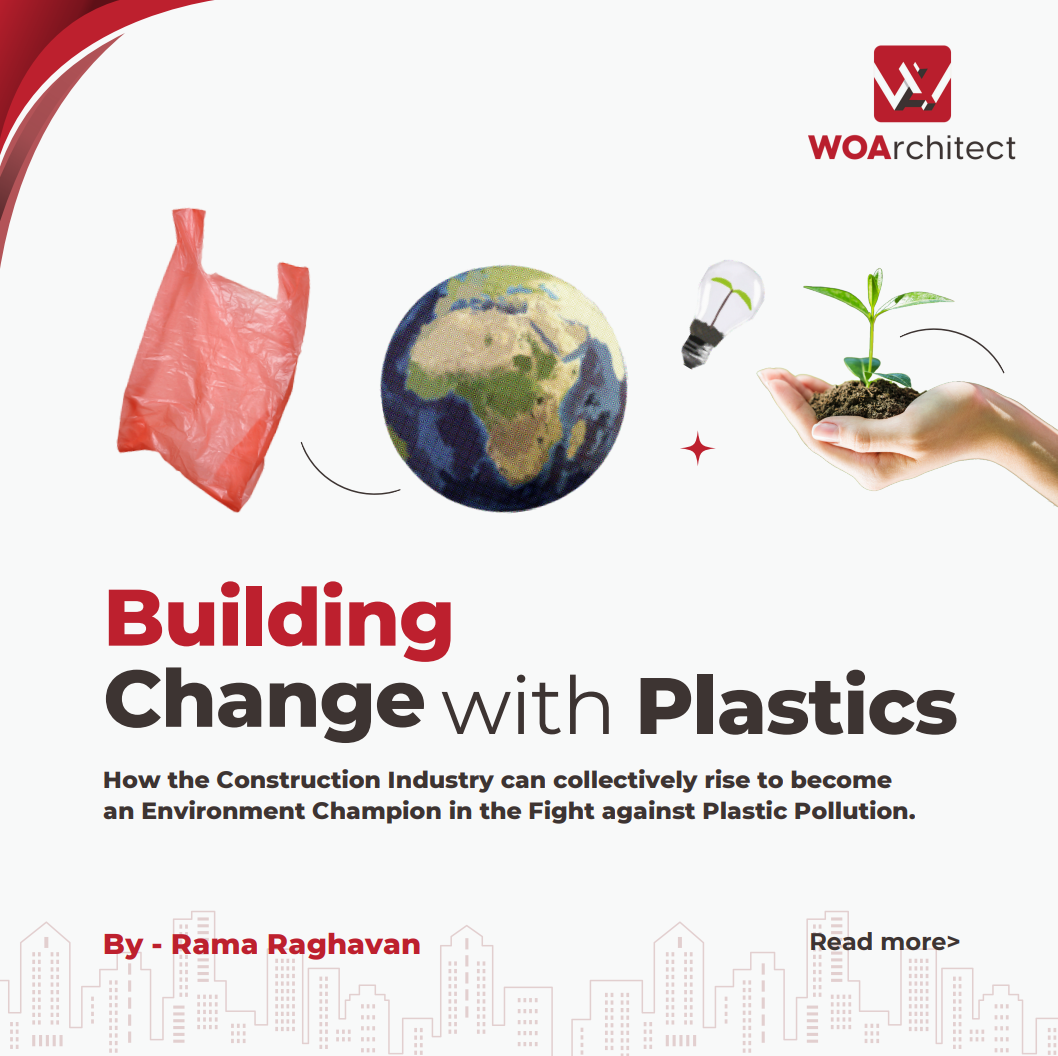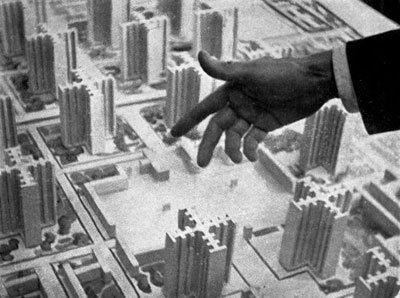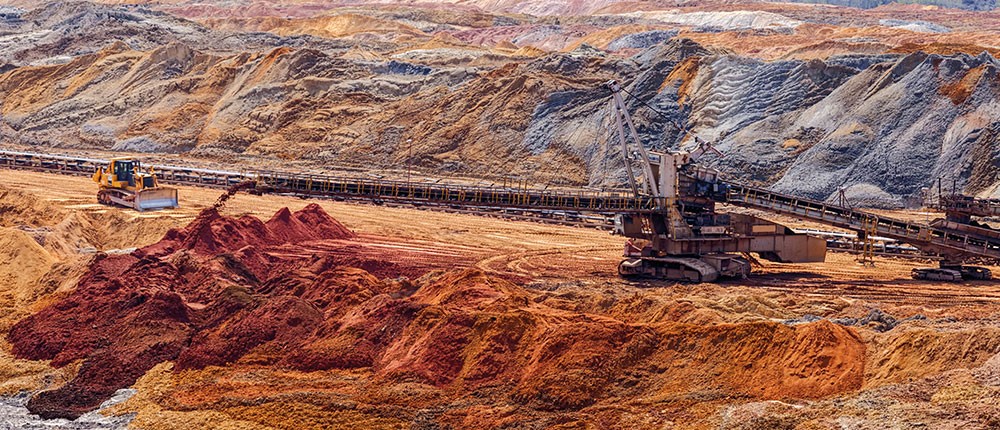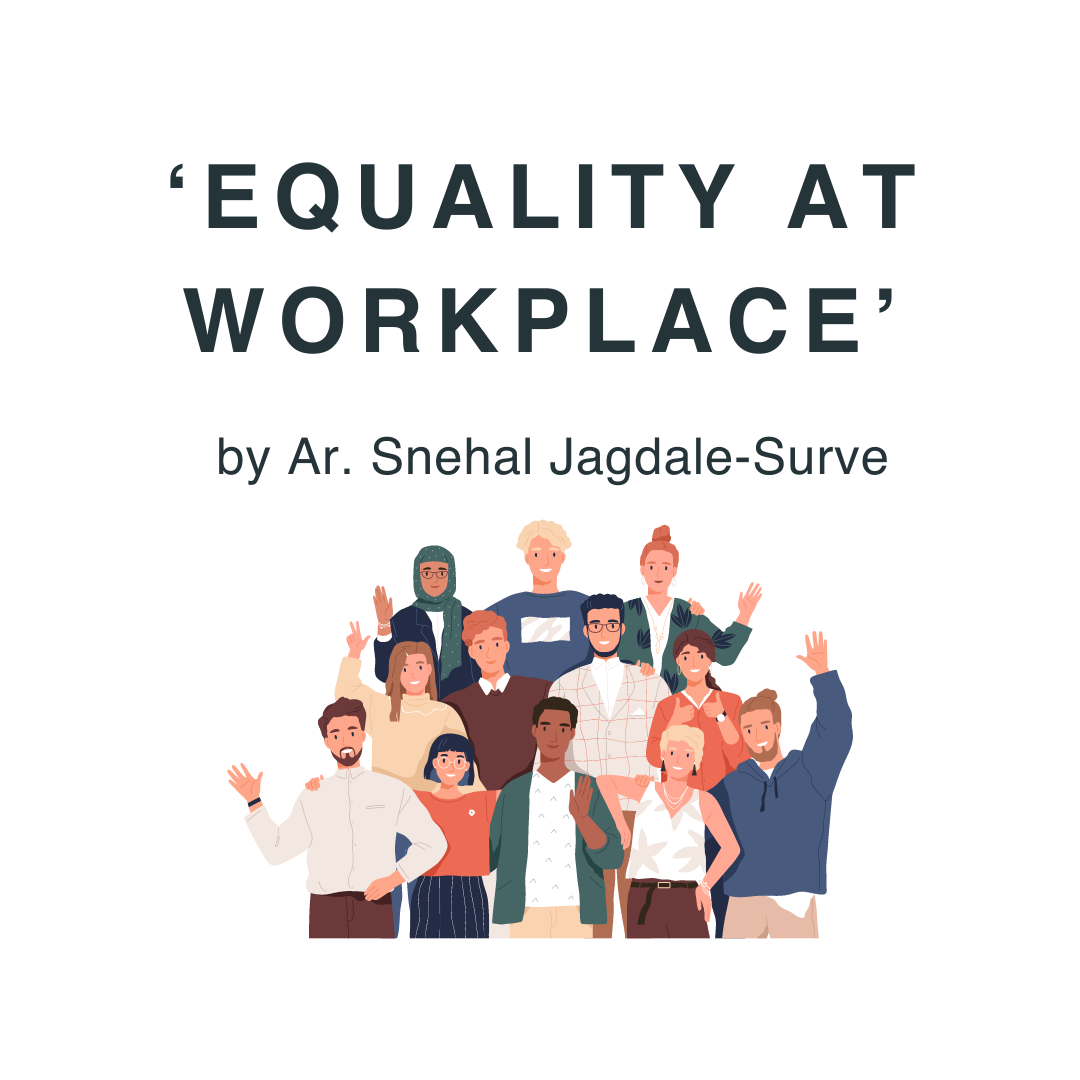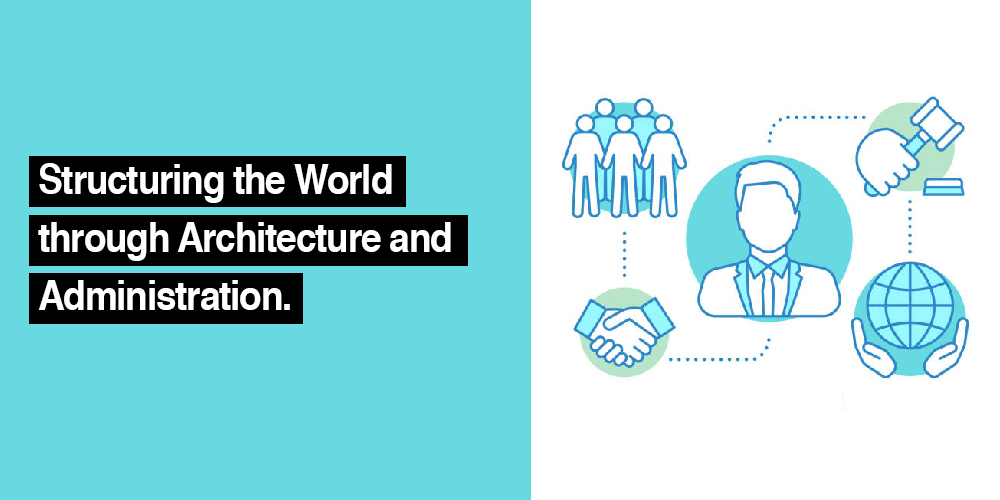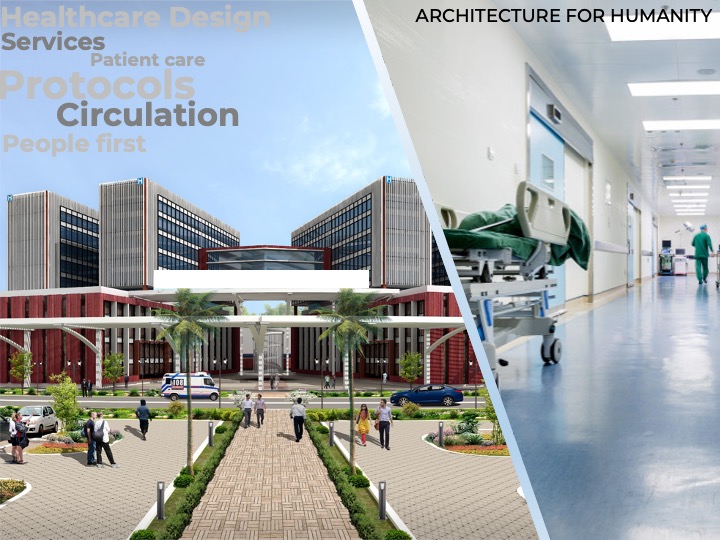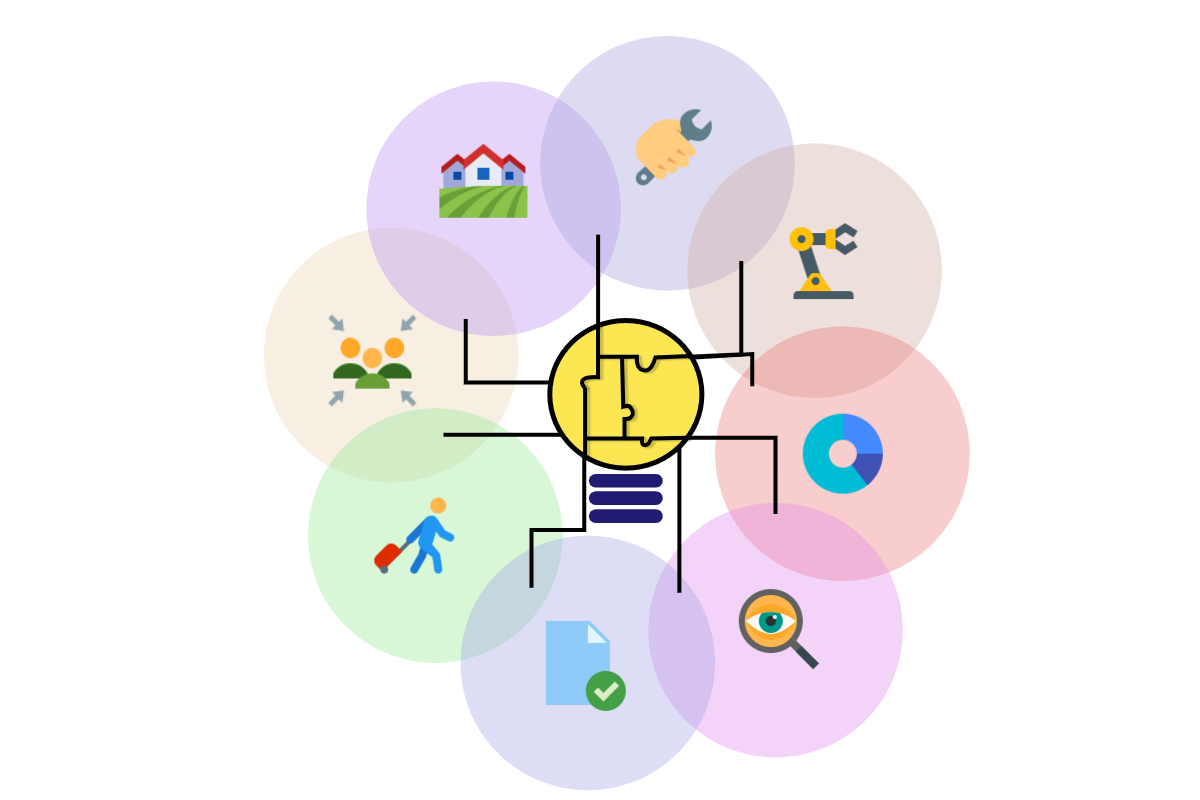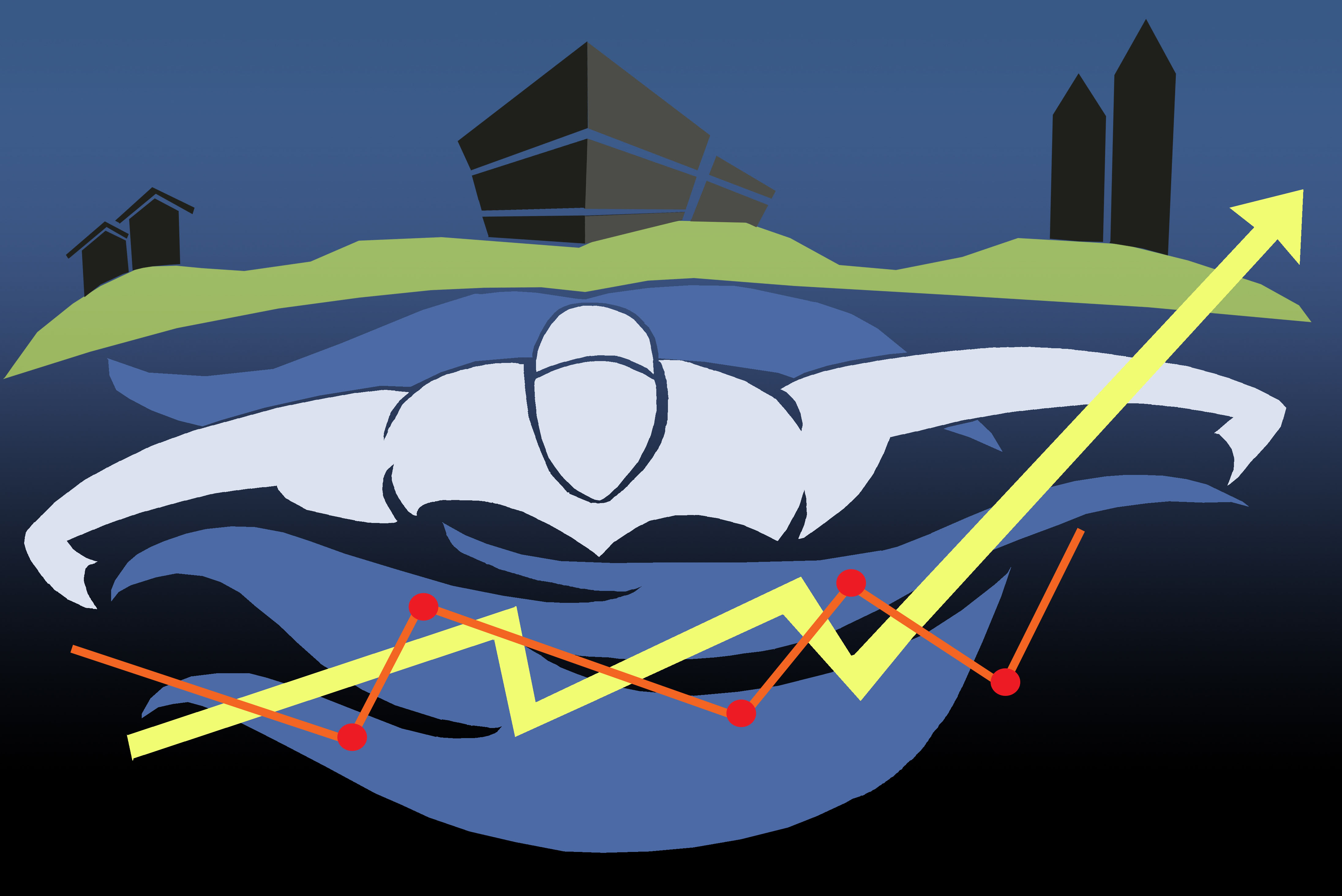
Environmental Psychologist
Environmental Psychologists study the built- environment with respect to its impact on human behavior. They analyze factors ranging from noise, light, air quality, green to concrete ratio, and scale that impact brain functions. They conduct research and analysis that assists architects, interior designers, and urban designers to create healthy and pleasant spaces to live in. They are required to be experts in psychologist, anthropology and building science. They are proficient in various research methods, statistical data analysis, and spatial analysis. They are required to be innovative in simulation scenarios and data visualization. They work with private consultancies, research organizations, and education institutes.

Social Scientist / Urban Sociologist
Social Scientist/ Urban Sociologist work in the field of research that lies at the intersection of anthropology and urban studies. They work in urban built environment to understand the interaction of metropolitan spaces and human life. They document changes, progression, and predictions in built environment. They are required to be experts in site observations, spatial data analysis and data management. They are required to be skilled in research methods and critical thinking. They work largely on sites and studio settings assisting designers and policymakers. They are required to be familiar with blueprints, data statistical methods, mapping, and geographic information systems. They work with governmental bodies, research organizations, private design firms, and non-profit institutes.
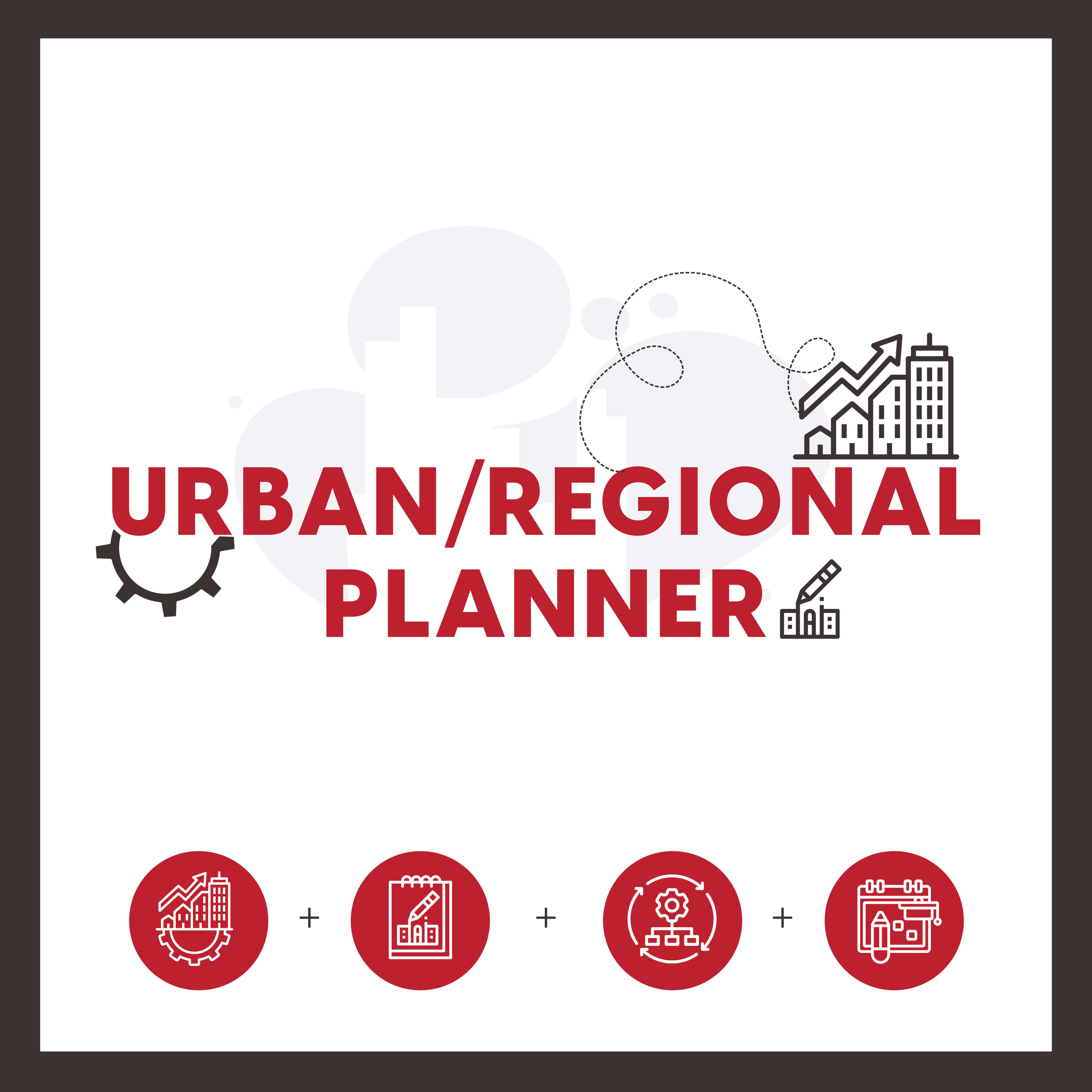
Urban / Regional Planner
Planners are visionaries focusing on development at city / region level. They understand various aspects and co-relation of large-scale development like natural / environmental character, physical infrastructure, socio-economic conditions, spatial development and suggest future development. Planners are involved in creating vision, policy making and implementation of macro level plans for cities / regions. They work in collaboration with various stakeholders such as building industry professionals, government officials, direct users, and politicians.
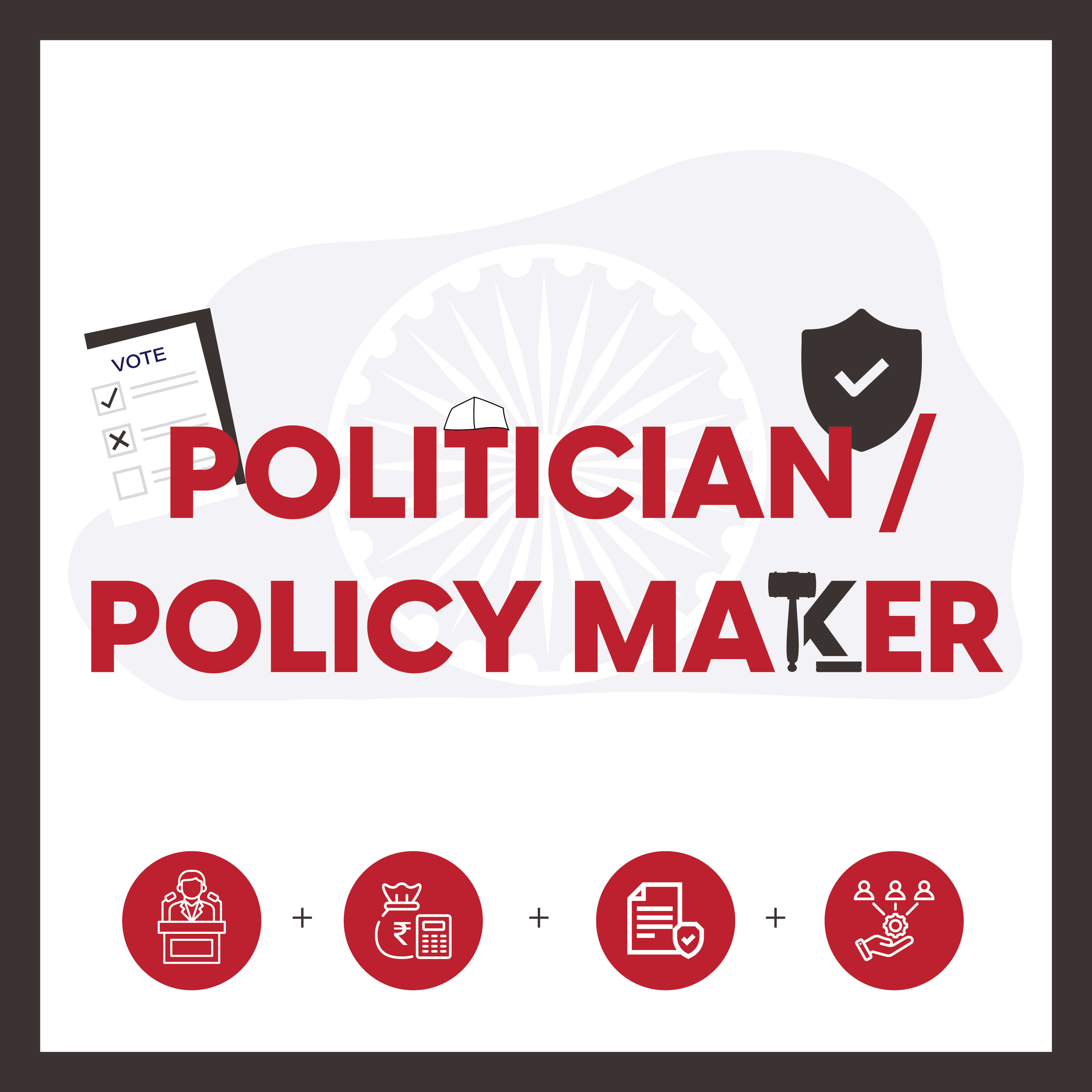
Politician / Policy Maker
A politician/ Policy Maker is an elected person working for civic bodies. They are responsible for drafting and implementation of policies at national/state and local levels. They are required to have knowledge of public administration, economics, budgeting, law, defense, education, employment, environmental sensibility, and international affairs. They work in co-ordination with several other public officers for planning of administration’s development. They are tasked with overviewing progression of designated geographical limits. They lead and influence long term and short-term policy outlook. Within their administration, they are required to be public orators and leaders. Their scope of work focuses on listening and meeting public concerns and demands. They are required to be lateral thinkers and visionaries in decision-making.
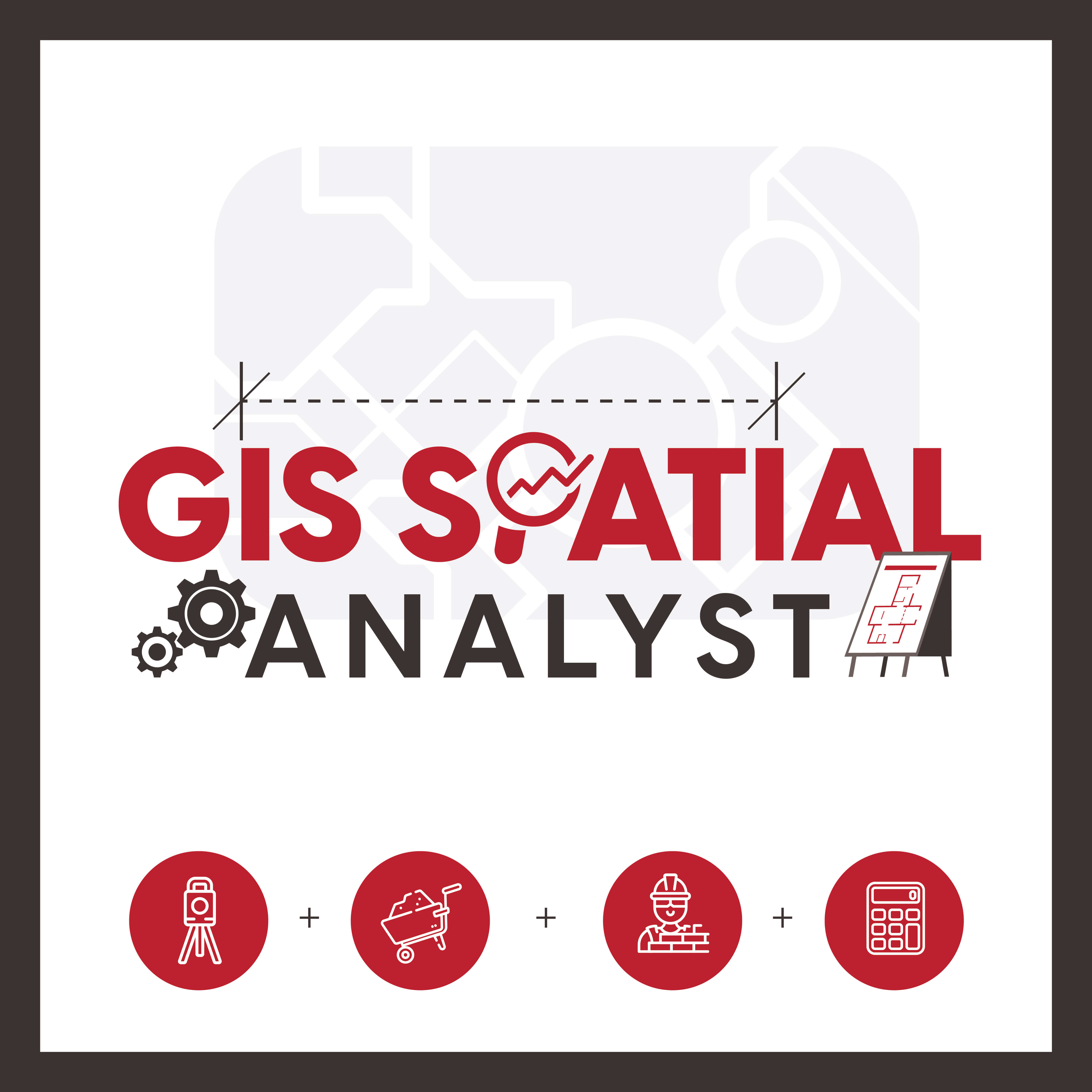
GIS Spatial Analyst
GIS Spatial Analyst work with geographic information systems to conduct spatial analysis on data in the field of urban planning, landscape architecture, urban design, transportation planning, and environmental planning. They are required to be experts in GIS platforms and familiar with programming languages. They work in an integrated setting of built environment science requiring them to be analytical thinkers and excellent communicators. They are proficient in mapping, database management, spatial analysis and data visualization. They work with private sector, civic bodies, educational institutes, research organizations and non-profits. They are required to be updated on the latest technologies and geospatial techniques. Conceptual knowledge of allied industries such as climate science, conservation, cultural studies, sustainability, and geography is proven to be helpful.
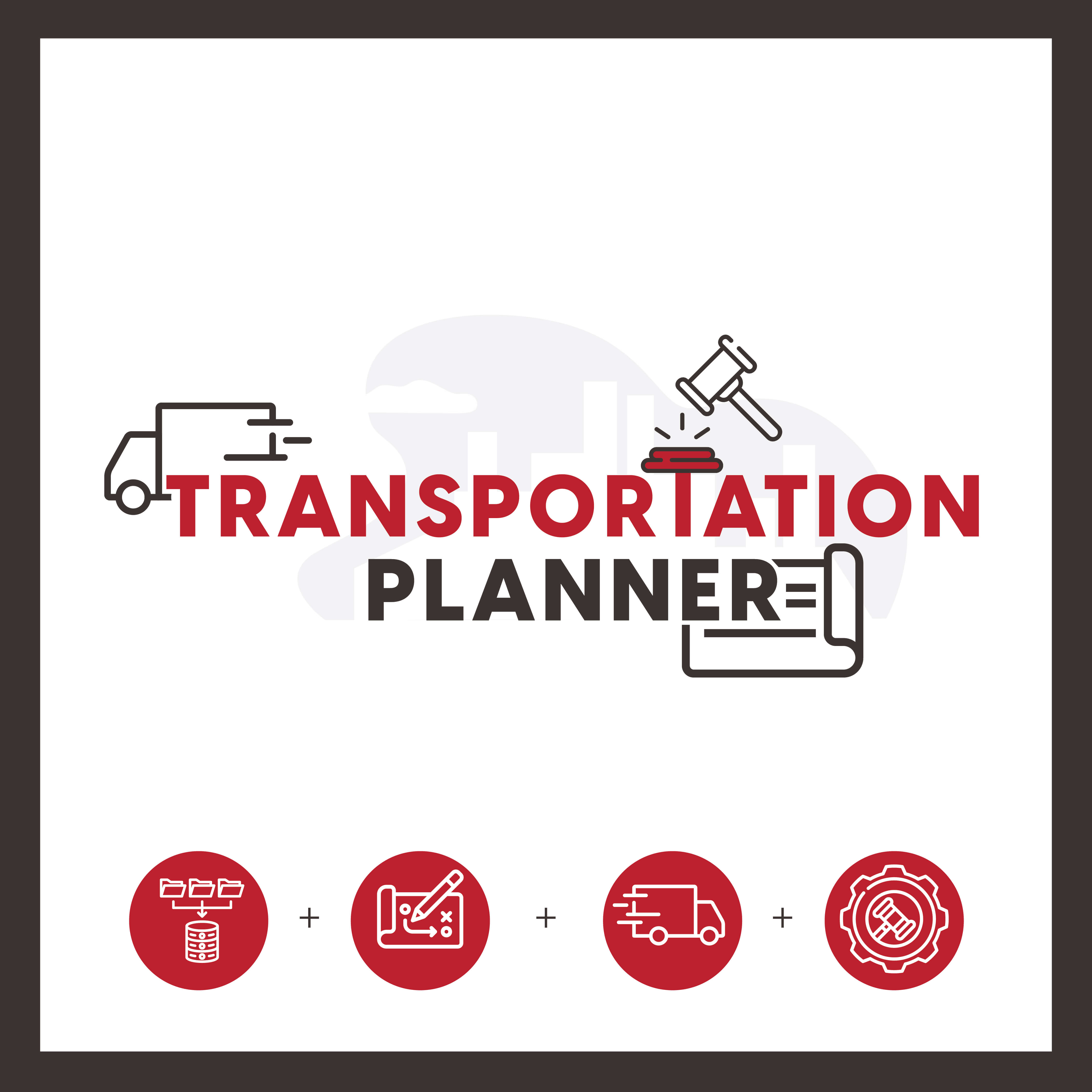
Transportation Planner
Transportation Planner deals with the movement of people, vehicles, and freight. The scale of their work varies from vertical transportation in buildings, vehicular circulation in areas/ city, rail network to air traffic and water transportation across globe. Transportation planners cater to visions of projected growth of areas and the transportation requirements of future. They work on various stages such as feasibility, design, policy making, infrastructure development plans, strategic planning, analysis and solutions for existing situations. They are required to have analytical, communication and presentation skills. Being part of infrastructure sector, they need to have wholistic understanding of environment, socio-economic conditions, development policies and latest technology. Transportation planners works with private bodies or government agencies, various other professionals, politicians and direct users.
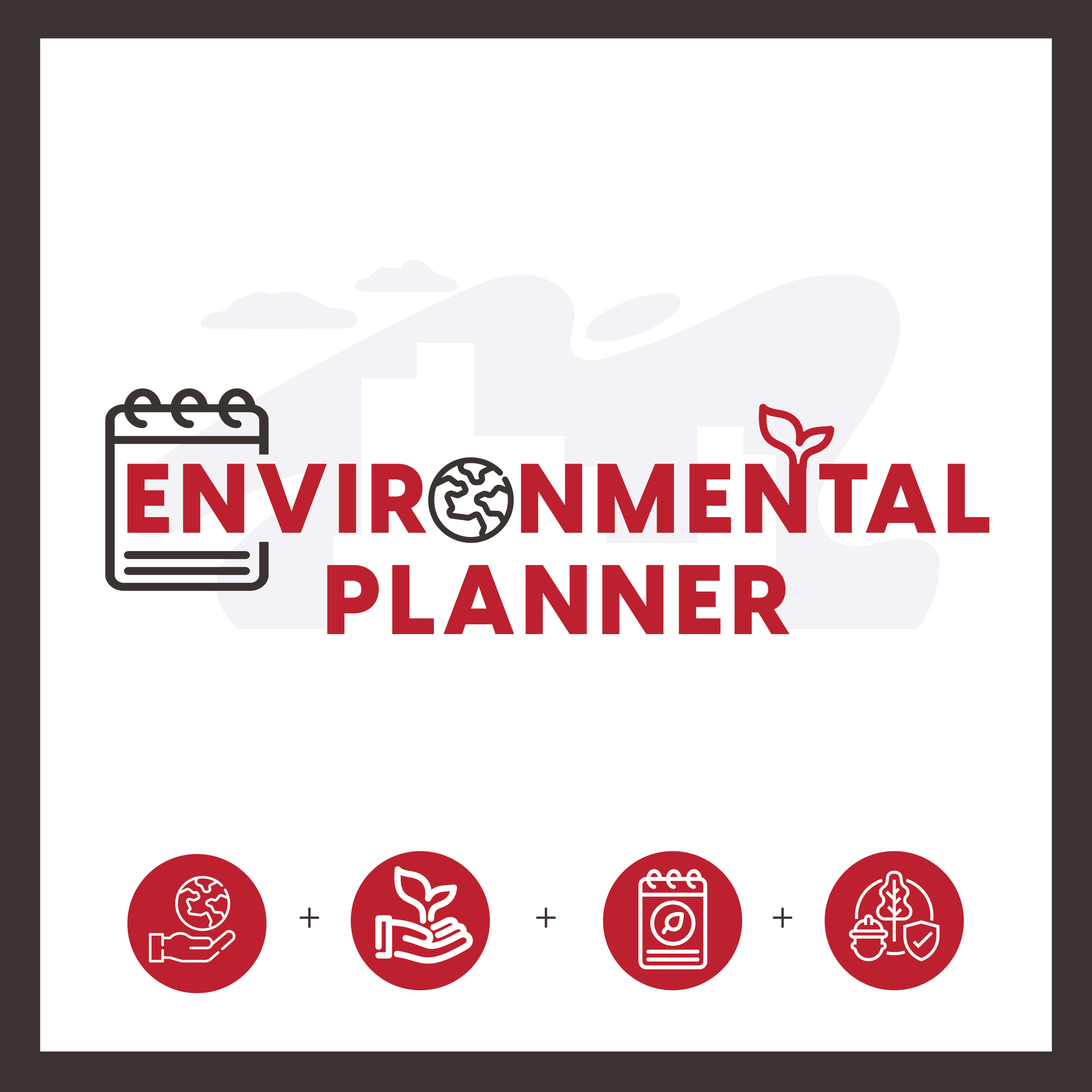
Environmental Planner
Environmental Planners focus on sustainable development which will minimize the impact of development on environment. They are required to have sensitivity towards environment with documentation, presentation, analytical and research skills. They work in varied capacities to provide a holistic framework for achieving sustainable outcomes. The typical work profile of Environmental Planner is to understanding sites and its natural character, coordinating with consultants during design, coordinate with regulatory authorities for approvals / permits, scrutiny of design for sustainability, conduct studies for efficiency of design and monitor construction progress for sustainable practices. Research, impact assessment of new developments, implementation of new technologies, preparing policies and regulations and spreading awareness about sustainability are some of the specialized work done by Environmental Planners.
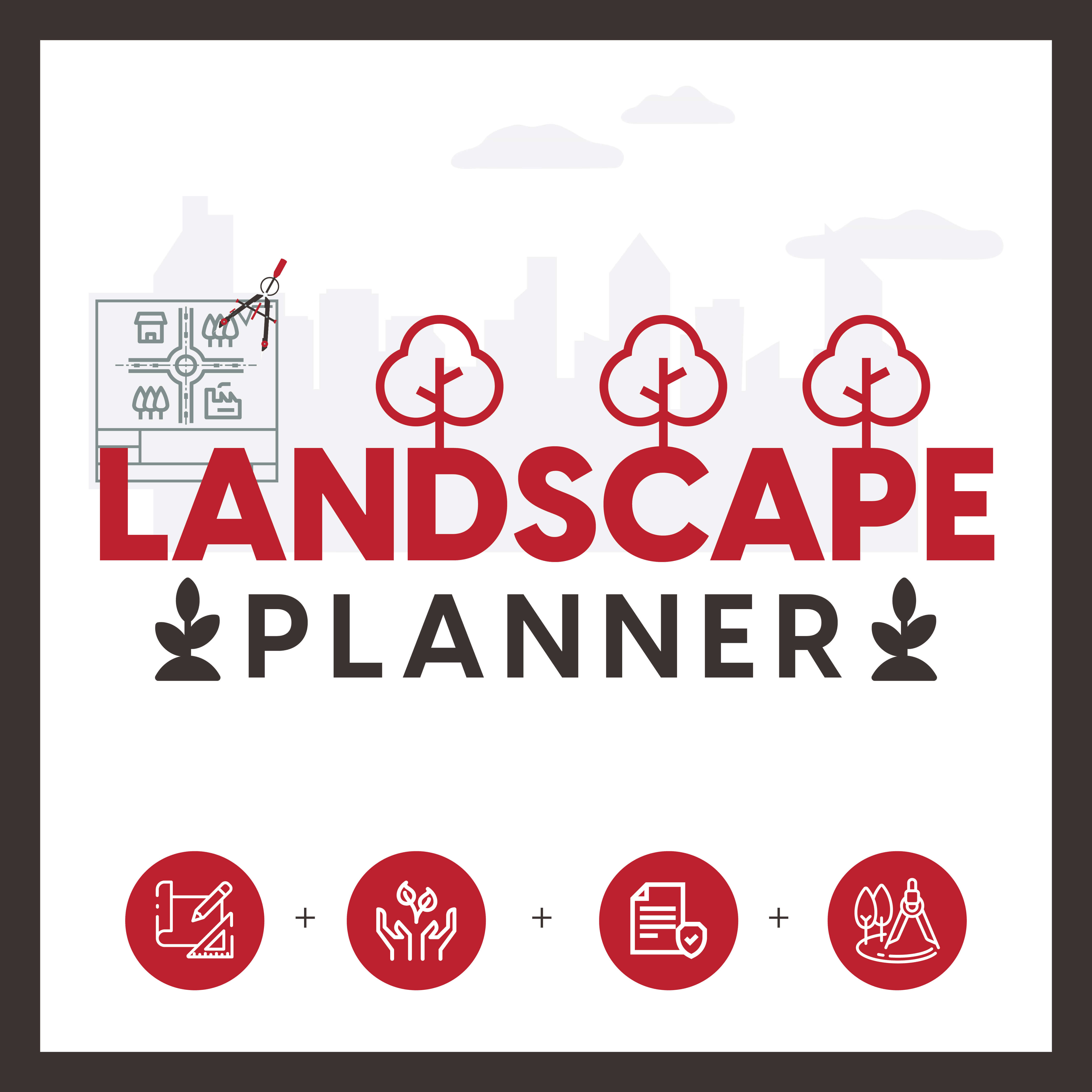
Landscape Planner
Landscape Planners bridges the gap between urban planners and landscape architects. They work with urban planners for development and implementation of strategies for regions to safeguard and integrate the natural character of the place with the proposed development. They analyse broad issues related to natural resources, culture, social, visual, physical impact of development and its effects over long period of time. Landscape Planners can work on vision, policy making, inventory/analysis of biophysical environment, implementation strategies, designing and plan administration. They work in collaboration with various professionals, government officials, direct users, stakeholders and politicians. They work as independent consultants with government agencies or with specialized firms.

